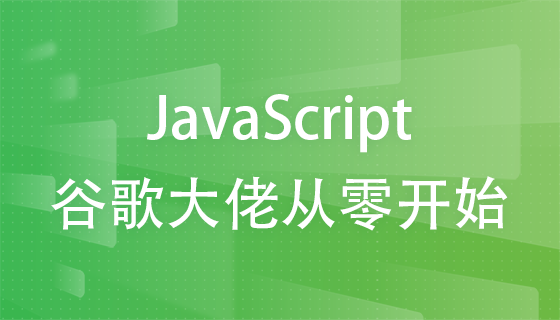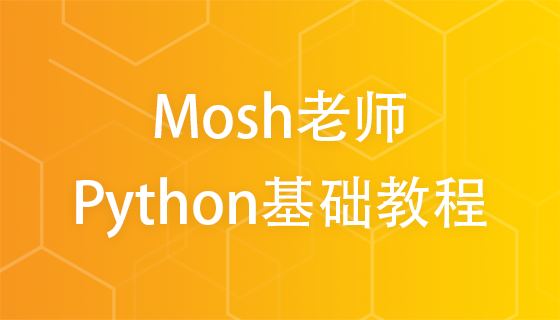答案是利用JavaScript反射API可实现更精确的对象深比较,通过Reflect.ownKeys()获取所有属性键(含Symbol和不可枚举属性),结合Object.getOwnPropertyDescriptor()比较属性描述符的value、writable、enumerable、configurable及getter/setter,同时验证原型链一致性,并处理循环引用,从而确保对象在结构与行为上完全一致,弥补传统方法如JSON.stringify或Object.keys遍历的不足。

JavaScript的反射API为我们提供了一种深入探查和操作对象内部机制的能力,这对于实现一个真正健壮的对象深比较至关重要。它能让我们不仅比较对象的值,还能触及到属性的描述符、原型链等底层信息,从而确保两个对象在结构和行为上是否完全一致。这种精确的比较能力,在优化状态管理库的渲染性能或提升测试框架的断言准确性时,显得尤为宝贵。
要利用JavaScript的反射API实现对象深比较,我们需要一个递归的函数,它能够处理各种数据类型,并深入到对象的每一个属性,甚至是那些不那么显眼的属性描述符。
首先,我们得处理一些基本情况:
Object.is()
null
接下来是关键部分,针对对象和数组:
立即学习“Java免费学习笔记(深入)”;
Object.getPrototypeOf(obj1) === Object.getPrototypeOf(obj2)
Object.keys()
Symbol
Reflect.ownKeys(obj)
Symbol
Reflect.ownKeys()
Object.getOwnPropertyDescriptor(obj1, key)
Object.getOwnPropertyDescriptor(obj2, key)
value
writable
enumerable
configurable
get
set
value
get
set
这是一个实现思路:
function deepCompare(obj1, obj2, seen = new WeakSet()) {
// 1. 原始类型和引用相等性
if (Object.is(obj1, obj2)) {
return true;
}
// 2. 处理 null 或非对象/非函数的情况
if (obj1 === null || typeof obj1 !== 'object' ||
obj2 === null || typeof obj2 !== 'object') {
return false;
}
// 3. 避免循环引用
if (seen.has(obj1) || seen.has(obj2)) {
return false; // 如果已经比较过,说明是循环引用,且之前已处理过,现在直接返回false避免无限循环,或者根据需求决定是否允许循环引用相等
}
seen.add(obj1);
seen.add(obj2);
// 4. 比较原型链
if (Object.getPrototypeOf(obj1) !== Object.getPrototypeOf(obj2)) {
return false;
}
// 5. 比较日期对象
if (obj1 instanceof Date && obj2 instanceof Date) {
return obj1.getTime() === obj2.getTime();
}
// 6. 比较正则表达式
if (obj1 instanceof RegExp && obj2 instanceof RegExp) {
return obj1.toString() === obj2.toString();
}
// 7. 比较数组
if (Array.isArray(obj1) && Array.isArray(obj2)) {
if (obj1.length !== obj2.length) {
return false;
}
for (let i = 0; i < obj1.length; i++) {
if (!deepCompare(obj1[i], obj2[i], seen)) {
return false;
}
}
return true;
}
// 8. 比较普通对象
const keys1 = Reflect.ownKeys(obj1);
const keys2 = Reflect.ownKeys(obj2);
if (keys1.length !== keys2.length) {
return false;
}
for (const key of keys1) {
if (!keys2.includes(key)) { // 确保所有键都存在于另一个对象中
return false;
}
const descriptor1 = Object.getOwnPropertyDescriptor(obj1, key);
const descriptor2 = Object.getOwnPropertyDescriptor(obj2, key);
// 比较属性描述符的各个字段
// 注意:get和set函数需要特殊处理,通常比较引用
if (descriptor1.configurable !== descriptor2.configurable ||
descriptor1.enumerable !== descriptor2.enumerable ||
descriptor1.writable !== descriptor2.writable ||
descriptor1.get !== descriptor2.get || // 比较getter/setter函数引用
descriptor1.set !== descriptor2.set) {
return false;
}
// 递归比较属性值
if (!deepCompare(descriptor1.value, descriptor2.value, seen)) {
return false;
}
}
seen.delete(obj1); // 比较完后从seen中移除,以便其他路径可以再次处理
seen.delete(obj2);
return true;
}
// 示例
// const objA = { a: 1, b: { c: 2 }, d: Symbol('foo') };
// const objB = { a: 1, b: { c: 2 }, d: Symbol('foo') };
// const objC = { a: 1, b: { c: 3 } };
// const objD = {};
// Object.defineProperty(objD, 'hidden', { value: 10, enumerable: false });
// const objE = {};
// Object.defineProperty(objE, 'hidden', { value: 10, enumerable: false });
// console.log(deepCompare(objA, objB)); // true
// console.log(deepCompare(objA, objC)); // false
// console.log(deepCompare(objD, objE)); // true这段代码我特意加入了
seen
说实话,我以前在写一些测试用例或者状态更新逻辑时,经常会遇到一些让人抓狂的“假相等”问题。比如,两个对象打印出来看着一模一样,但我的
if (obj1 === obj2)
传统的深比较方法,最常见的无非是几种:
JSON.stringify()
undefined
Symbol
{ a: 1 }{ a: 1 }a
writable: false
writable: true
JSON.stringify
Object.keys()
JSON.stringify
Symbol
enumerable: false
反射API正是为了弥补这些不足而生的。它像一把手术刀,能让我们深入到对象的“骨髓”里去:
Reflect.ownKeys()
Symbol
Object.getOwnPropertyDescriptor()
value
writable
enumerable
configurable
get
set
Object.getPrototypeOf()
所以,反射API提供的这些能力,让我们的深比较函数能够更加全面、更加严谨。它不再只是看表面,而是真正地理解了对象的“基因”构成。
在状态管理库里,比如React的
useState
useReducer
策略: 核心策略就是“只在真正需要时才重新渲染”。
React.memo
useMemo
React.memo
useMemo
props
React.memo
props
state
connect
useSelector
connect
useSelector
shallowEqual
挑战: 虽然深比较听起来很美,但在实际应用中,它也带来了一系列挑战:
WeakSet
props
state
immer
总的来说,在状态管理库中使用深比较是一种高级优化手段。它能帮助我们实现更精确的渲染控制,但必须谨慎权衡其带来的性能开销,并结合不可变数据结构等最佳实践来使用。
测试,尤其是单元测试和集成测试,核心目的就是确保代码行为符合预期。当涉及到复杂对象或数据结构的比较时,传统的断言方法往往显得力不从心,这时候反射API就能提供一种更“死磕到底”的精确断言能力。
问题: 多数测试框架(如Jest的
toEqual
deep.equal
writable: false
writable: true
反射API的优势:
精确的契约验证: 想象一下你在测试一个配置对象,其中某个属性被设计成只读(
writable: false
enumerable: false
writable
enumerable
configurable
// 假设我们有一个toBeDeeplyEqualTo的自定义matcher
expect.extend({
toBeDeeplyEqualTo: (received, expected) => {
const pass = deepCompare(received, expected); // 使用我们上面实现的deepCompare
if (pass) {
return {
message: () => `expected ${received} not to be deeply equal to ${expected}`,
pass: true,
};
} else {
return {
message: () => `expected ${received} to be deeply equal to ${expected}`,
pass: false,
};
}
},
});
const config1 = {};
Object.defineProperty(config1, 'version', { value: '1.0.0', writable: false, enumerable: true });
const config2 = { version: '1.0.0' }; // 默认writable: true
// 传统toEqual可能通过,但我们知道它们行为不同
// expect(config1).toEqual(config2); // 可能会通过,取决于框架实现
// 使用反射API的深比较,可以捕捉到writable属性的差异
// expect(config1).toBeDeeplyEqualTo(config2以上就是如何利用JavaScript的反射API实现对象深比较,以及它在状态管理库或测试框架中的实际应用?的详细内容,更多请关注php中文网其它相关文章!

每个人都需要一台速度更快、更稳定的 PC。随着时间的推移,垃圾文件、旧注册表数据和不必要的后台进程会占用资源并降低性能。幸运的是,许多工具可以让 Windows 保持平稳运行。




Copyright 2014-2025 https://www.php.cn/ All Rights Reserved | php.cn | 湘ICP备2023035733号